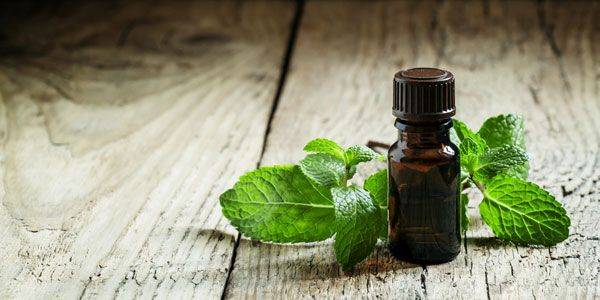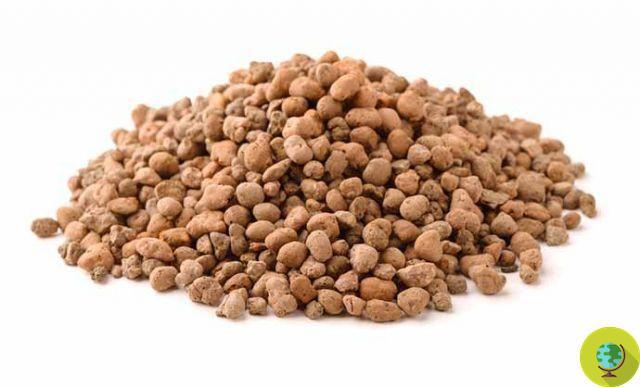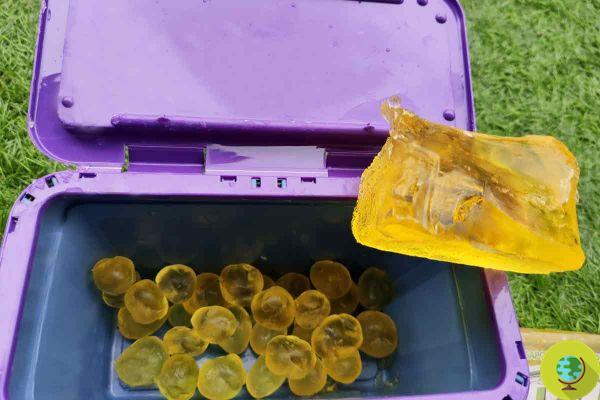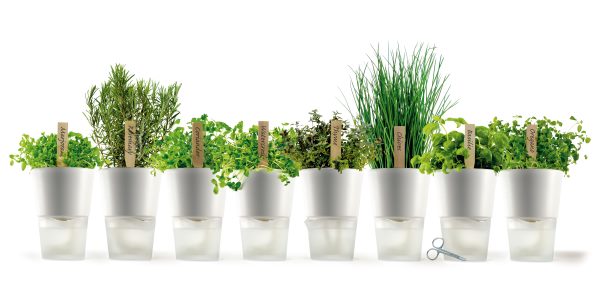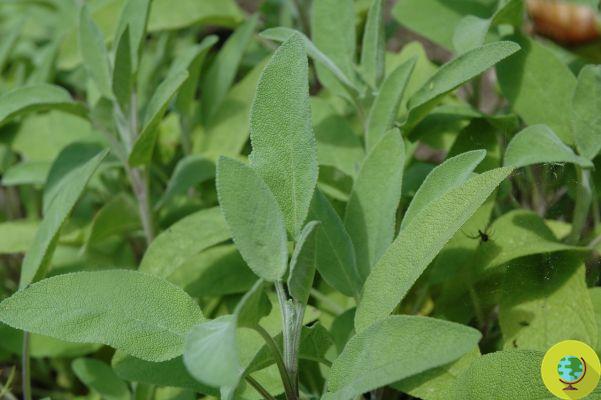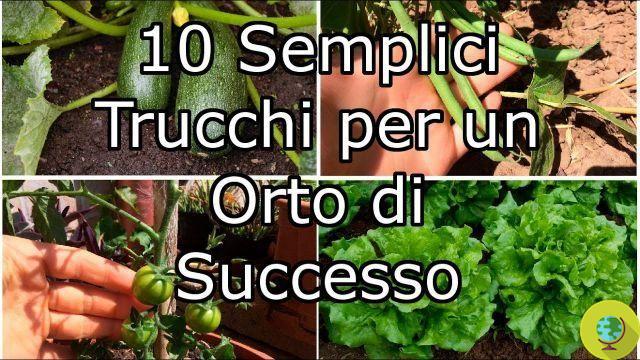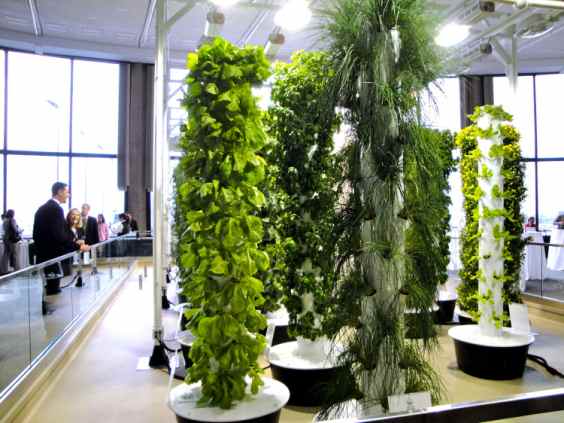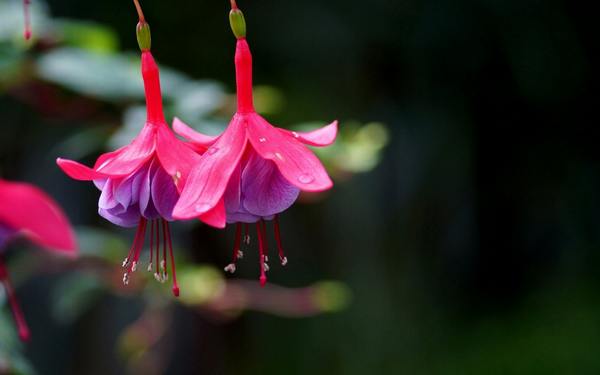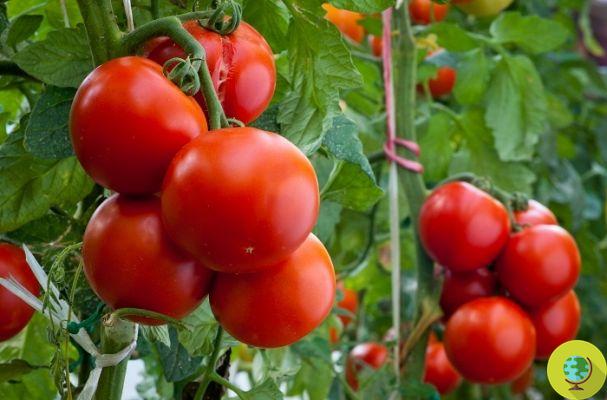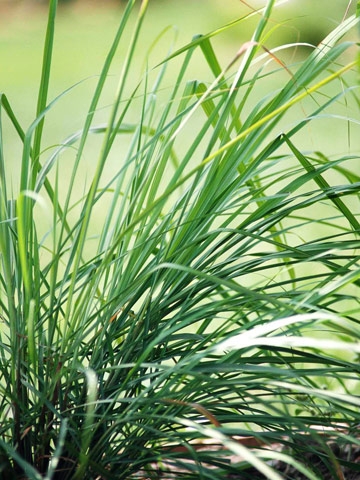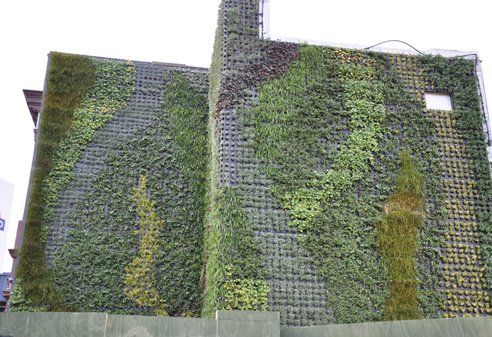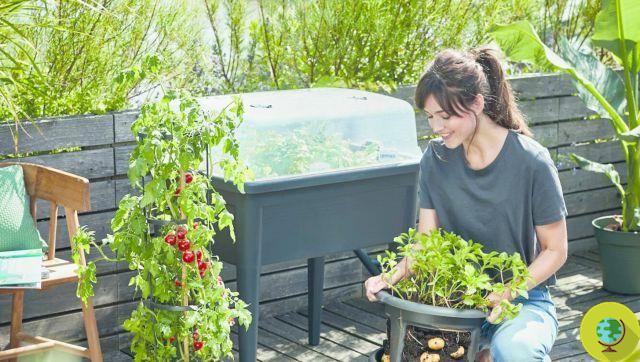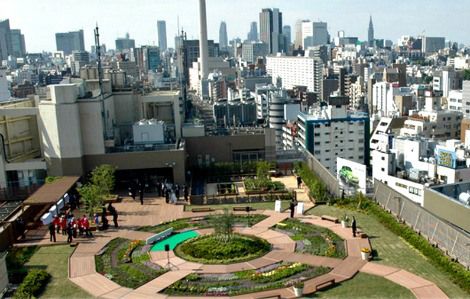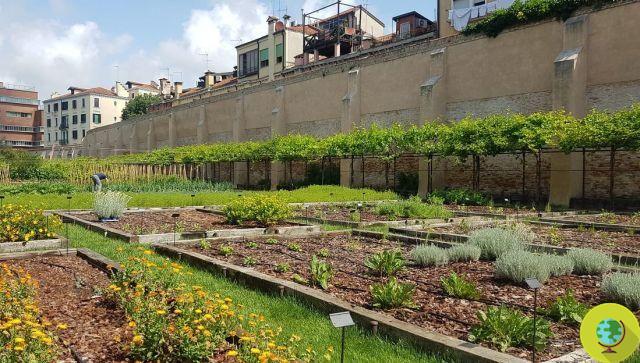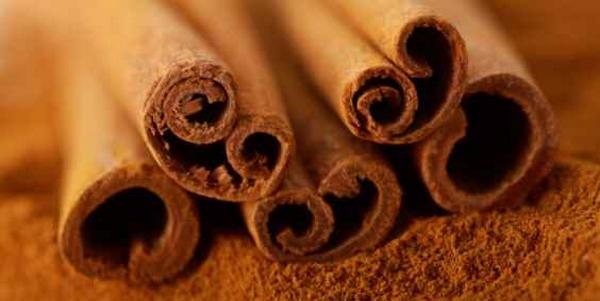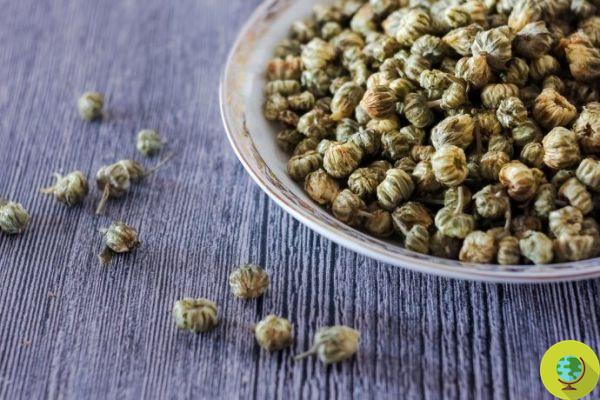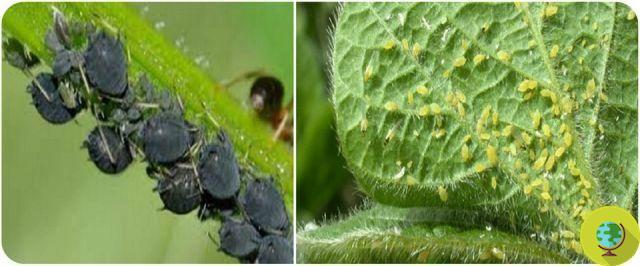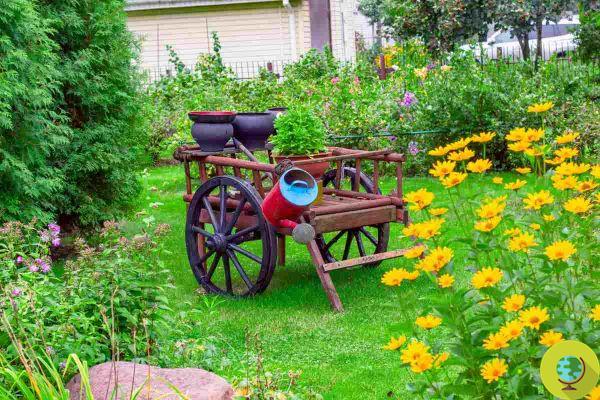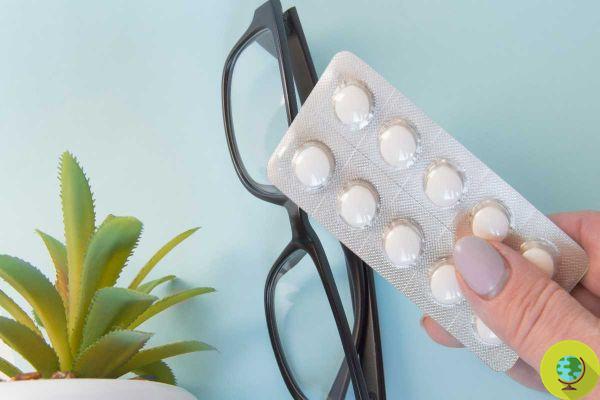Kokedama are known as mini bonsai or flying bonsai. The term kokedama refers to a cultivation method born in Japan in 1600. The main difference between kokedama and bonsai concerns the absence of the pot.
He is about to end up run over, his mother saves him
I kokedama they are known as mini bonsai o flying bonsai. The term kokedama means a cultivation method born in Japan in 1600. The main difference between kokedama and bonsai concerns the absence of the vase.
In fact, bonsai are grown in jars, often decorative, of the right size for the plant, while in kokedama the vase is absent. We can speak of kokedama as mini flying bonsai where instead of the pot we find a ball of mud covered with moss. Kokedama in Japanese means "ball of moss" or "pearl of moss".
Kokedama are made in a similar way to bonsai but instead of inserting their roots in the soil and in a pot, here is the solution of using mud and moss to form a ball. The mud used for the kokedama is dark in color. Is called ketotsuchi (called simply keto) and represents an acidic and muddy soil, with a swampy appearance.
This acidic and "muddy" soil is amalgamated with another component, clayey and with draining properties, which bears the name of akadama. With these two components a single compound is formed that will replace the typical bonsai pot with its soil. Subsequently, a moss coating is created which has, among other things, the function of decorating the flying bonsai.
Once ready, the kokedama leans on a tray or it is tied with a nylon thread and hung in order to create a truly unusual mini flying bonsai garden. It seems that the kokedama technique is suitable for any plant.
The kokedama moss ball inside can hold rather small plants which can be purchased in shops specialized in bonsai but also in other nurseries. Search for plants suitable for kokedama in specialized bonsai shops in case of doubt.
First you will need to combine the lands at your disposal: ketotsuchi and akadama (5 parts of ketotsuchi e 1 part of the academic). The two compounds are mixed by adding a little water until you get a ball the size of a fairly large orange.
Very gently you will have to make sure of enclose the base of the plant inside the soil ball, trying to give a shape that is as spherical and pleasing as possible from an aesthetic point of view. The coating of the kokedama then takes place using moss or "fat grass". The common dry moss will suit your needs.
Remember that you will have to remove the soil at the base of your plant as much as possible before inserting it into the ball formed by ketotsuchi and akadama. Each ball must be large enough to accommodate the roots of your seedlings. To fix everything you can use a cotton thread to wrap around the base of the kokedama. To apply the moss just press it around your ball.
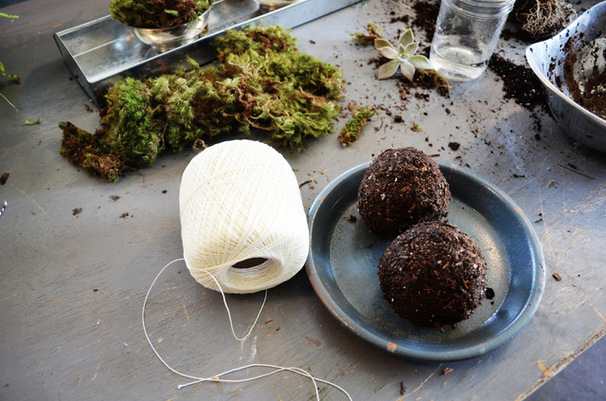
photo source: houzz.com
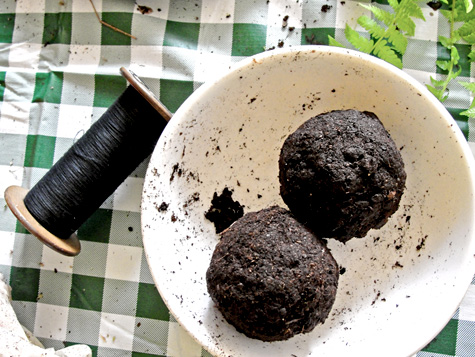
photo source: designsponge.com
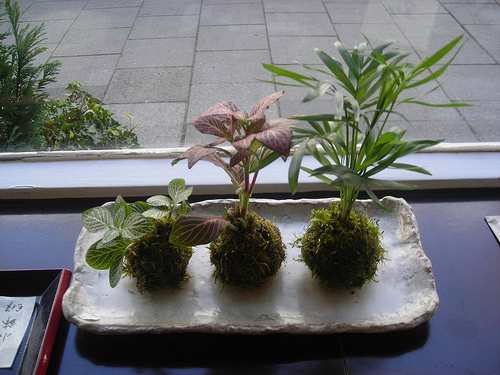
photo source: wikipedia.org
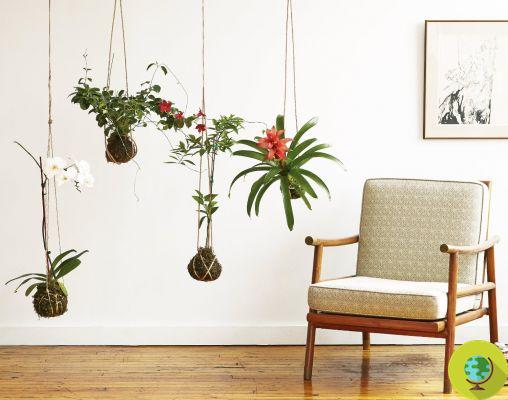
photo source: bandloch.com
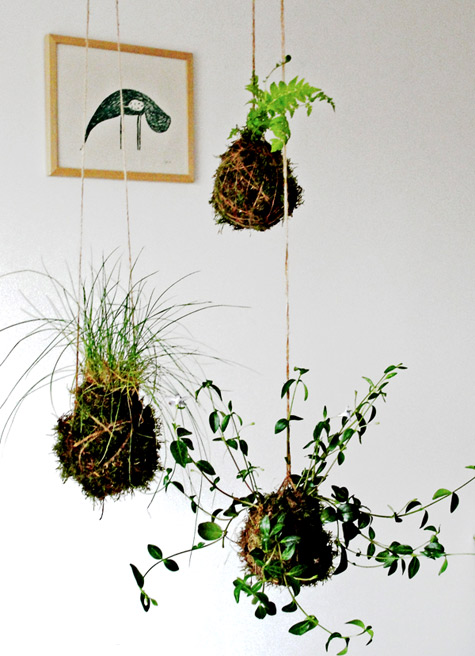
photo source: designsponge.com
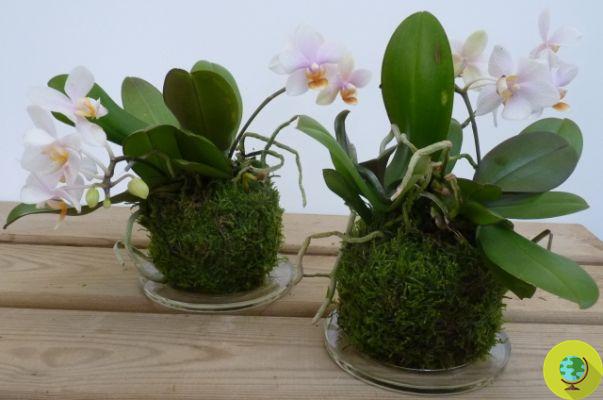
photo source: japanbonsai.com
In case of doubt you can ask for more information on the realization of the kokedama and on the necessary materials at a nursery specialized in bonsai, where you can find everything you need to put this ancient Japanese art into practice.
Here is a video very interesting that explains step by step how to make a kokedama for you, as a gift or as a wedding favor.
Marta Albè
Photo source: jardinplantas.com
Read also:
Bonsai: 10 tips for beginners
Micro Bonsai: the fantastic miniature bonsai of Japan




